In a world of packaged products, rediscovering the essence of natural ingredients is like unlocking a treasure trove. These age-old remedies, often tucked away in our kitchens or gardens, carry a plethora of benefits that modern science continues to unveil. In this section, we explore the diverse world of food ingredients and uncover their potential.
So, what are the ingredients that offer these immense benefits? Look no further than your pantry! Turmeric, that vibrant yellow spice, contains curcumin that boasts potent anti-inflammatory and antioxidant properties. Raw honey is celebrated for its antibacterial qualities that help soothe sore throats and heal minor wounds through topical application. Avocado, with its creamy texture, is rich in heart-healthy monounsaturated fats that support brain function and contribute to glowing skin. Our articles discuss all these ingredients and many more!
The heart of many dishes lies in the ingredient list. For instance, a comforting soup is incomplete without aromatic herbs like basil and thyme. Not only do they infuse delightful flavors, but they also bring along a bouquet of health benefits. Basil aids digestion, while thyme supports respiratory health.
Crafting a recipe based on a variety of ingredients can lead to a powerhouse of nutrients. You can make quinoa salads paired with cucumbers, chia seeds, and walnuts that offer a balance of proteins, healthy fats, and vitamins, or create refreshing smoothies with a blend of kale, spinach, and tropical fruits like papaya for a boost of energy and essential nutrients.
In the quest for healthier living, these natural ingredients are priceless allies. They remind us that sometimes the best solutions come from the simplest sources. Whether in our meals or beauty routines, incorporating these ingredients can lead to a more vibrant, balanced, and naturally enriched life.
So, go ahead and discover the timeless benefits these ingredients bring and pave the way for a healthier future!
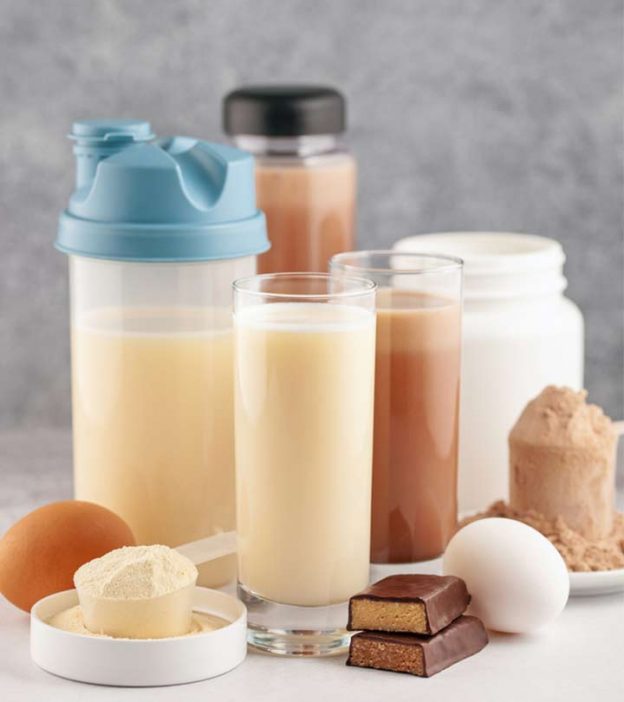
Anyone interested in fitness will have definitely come across the soy protein vs. whey protein debat
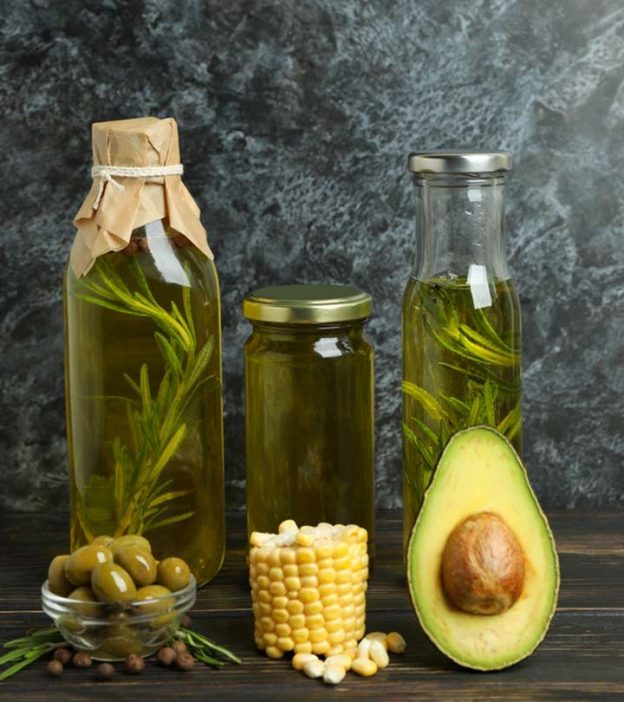
Be it sauteing, frying, baking, drizzling onto salads, or preventing pasta from sticking together -
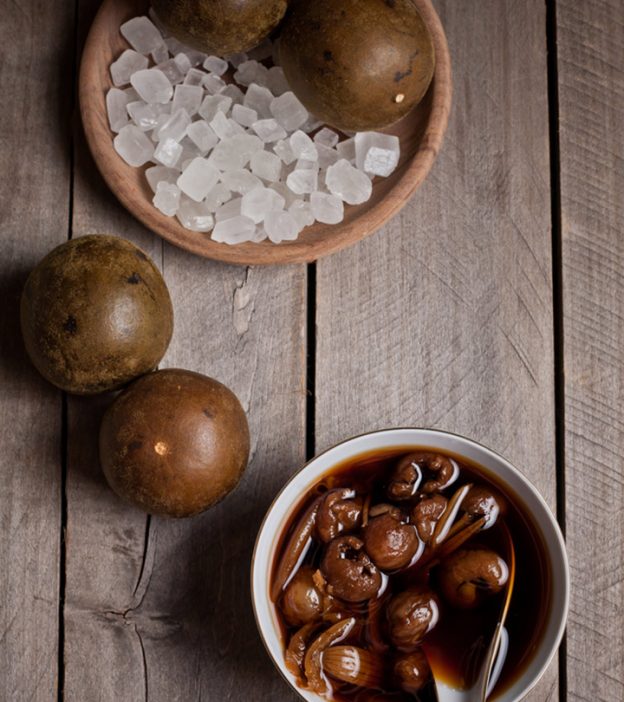
When it comes to healthy diet options, picking fruits is a no-brainer. You might have also heard abo
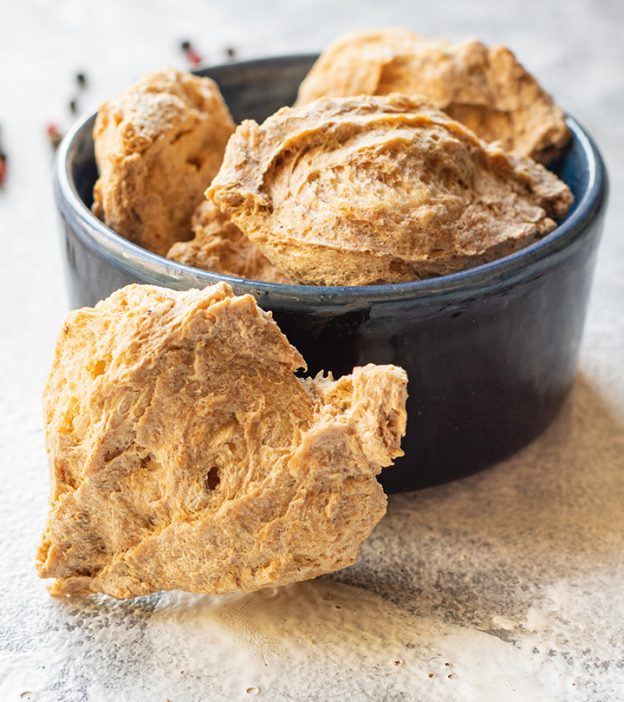
From mimicking the taste of meat to being one of the best alternatives to animal-based protein sourc
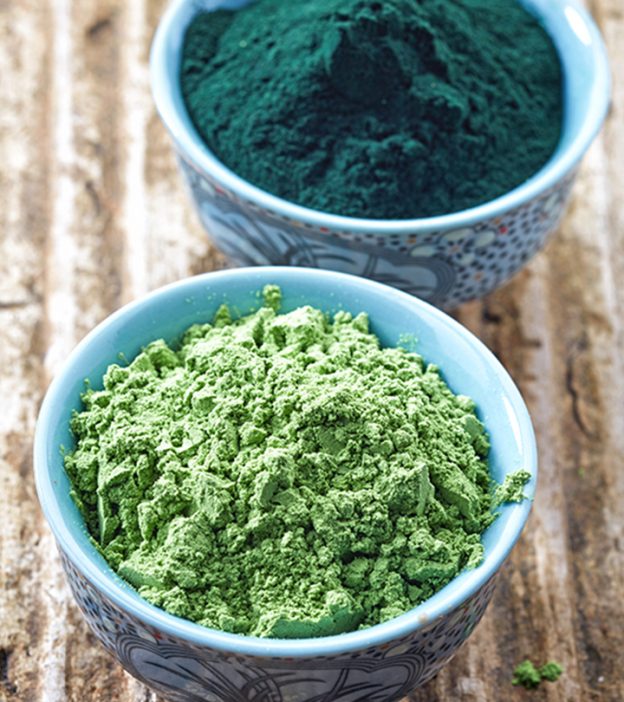
Most people are looking for healthier eating options today, thanks to the increasing awareness about

While sweet cherries are usually enjoyed fresh, tart cherries are most often consumed frozen, dried,
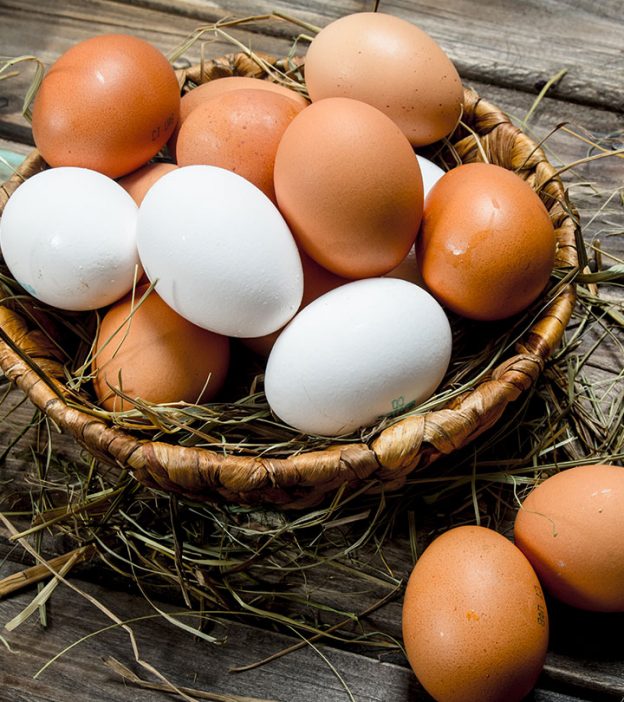
Do you have a preference when it comes to buying eggs? Do you opt for brown eggs more often assuming
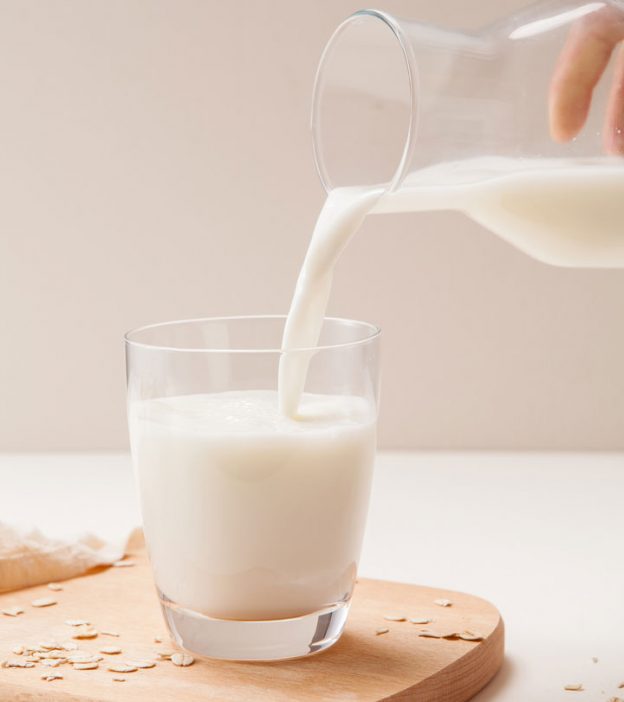
Donkey milk benefits your health in many ways. It is a popular alternative to cow milk and h
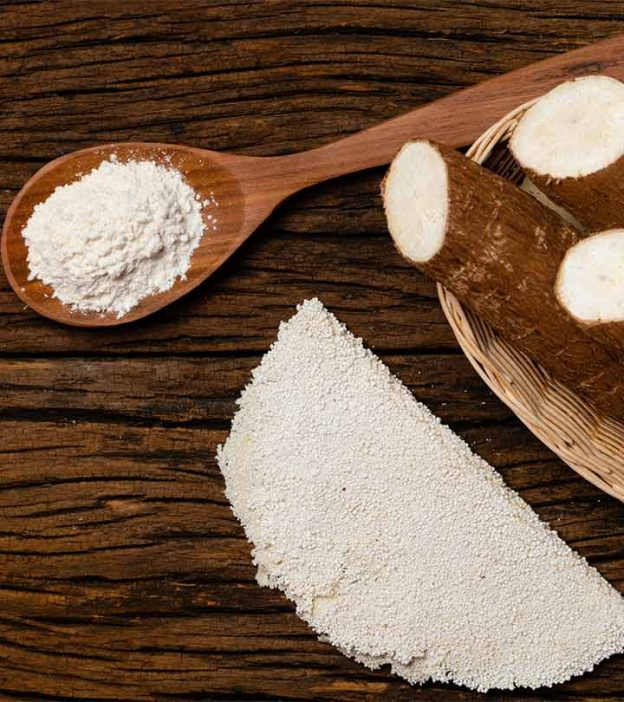
The benefits of cassava flour go beyond its gluten-free nature. This versatile flour can be used to
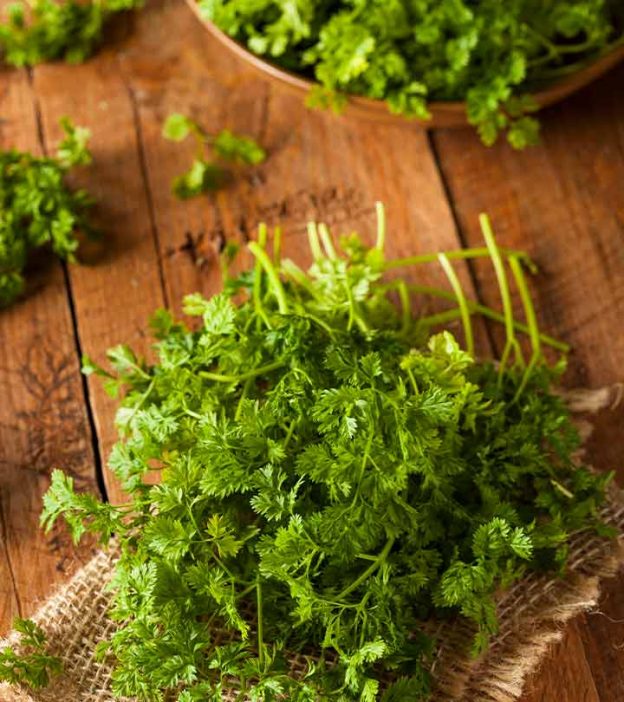
Chervil's benefits extend beyond its subtle aroma, which can transform a bland dish into a delicacy.
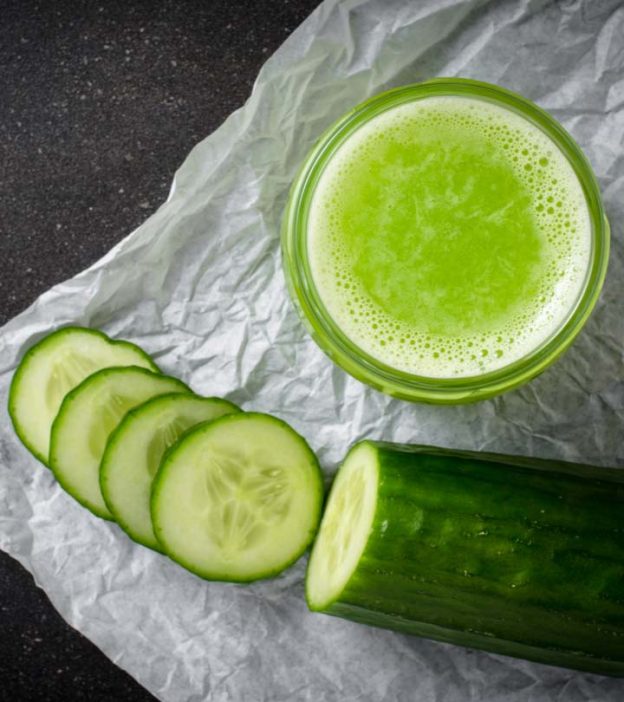
Cucumber is one of the most popular and refreshing foods in the world and is a frequently used ingre
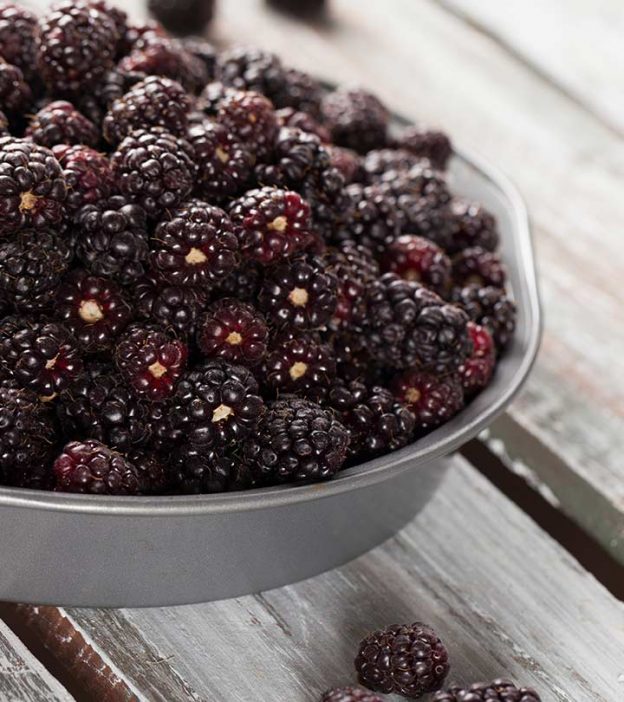
Berries are a delight every summer, all over the world. While most grow naturally and are found in t
Articles on StyleCraze are backed by verified information from peer-reviewed and academic research papers, reputed organizations, research institutions, and medical associations to ensure accuracy and relevance. Read our editorial policy to learn more.